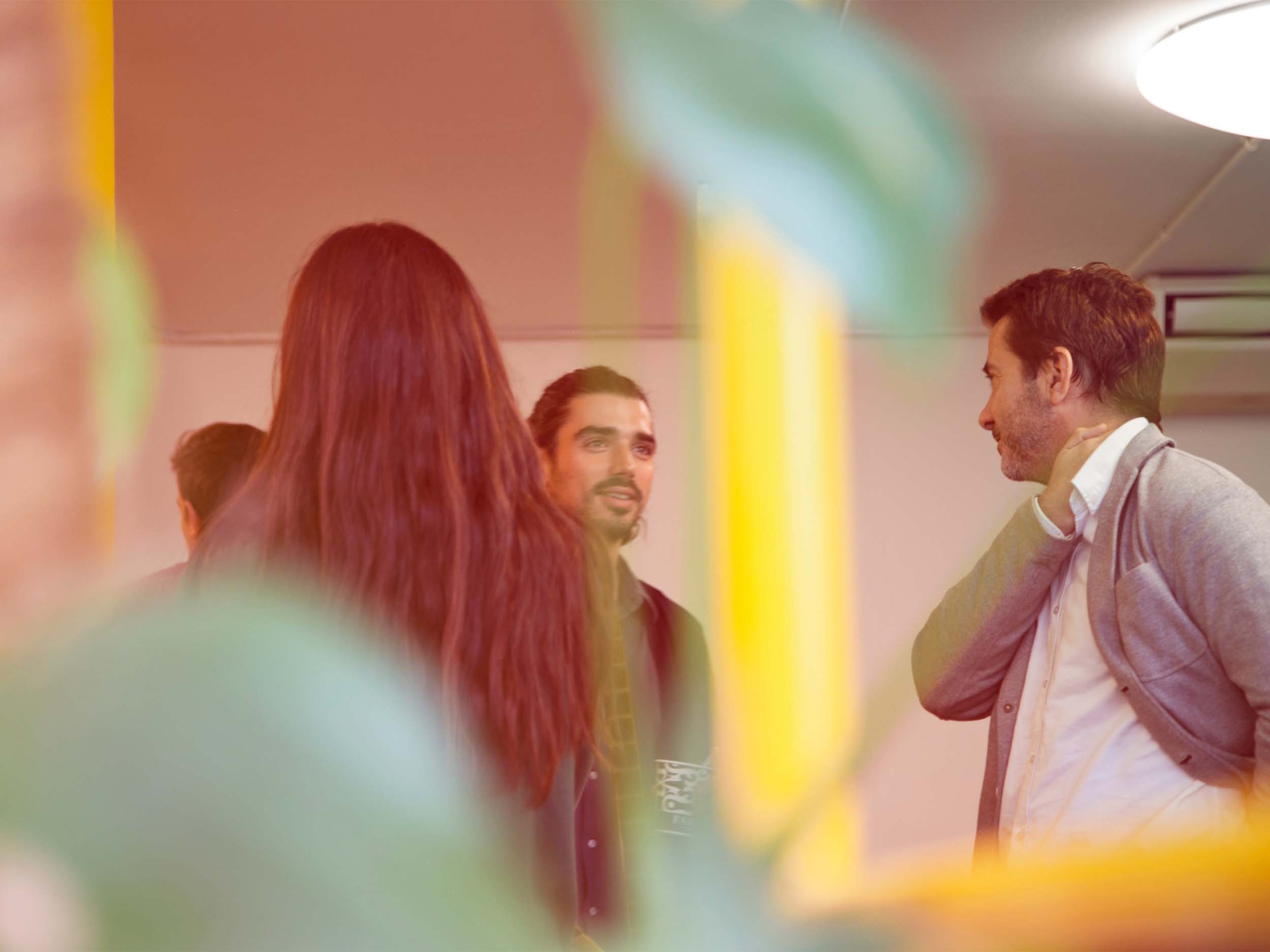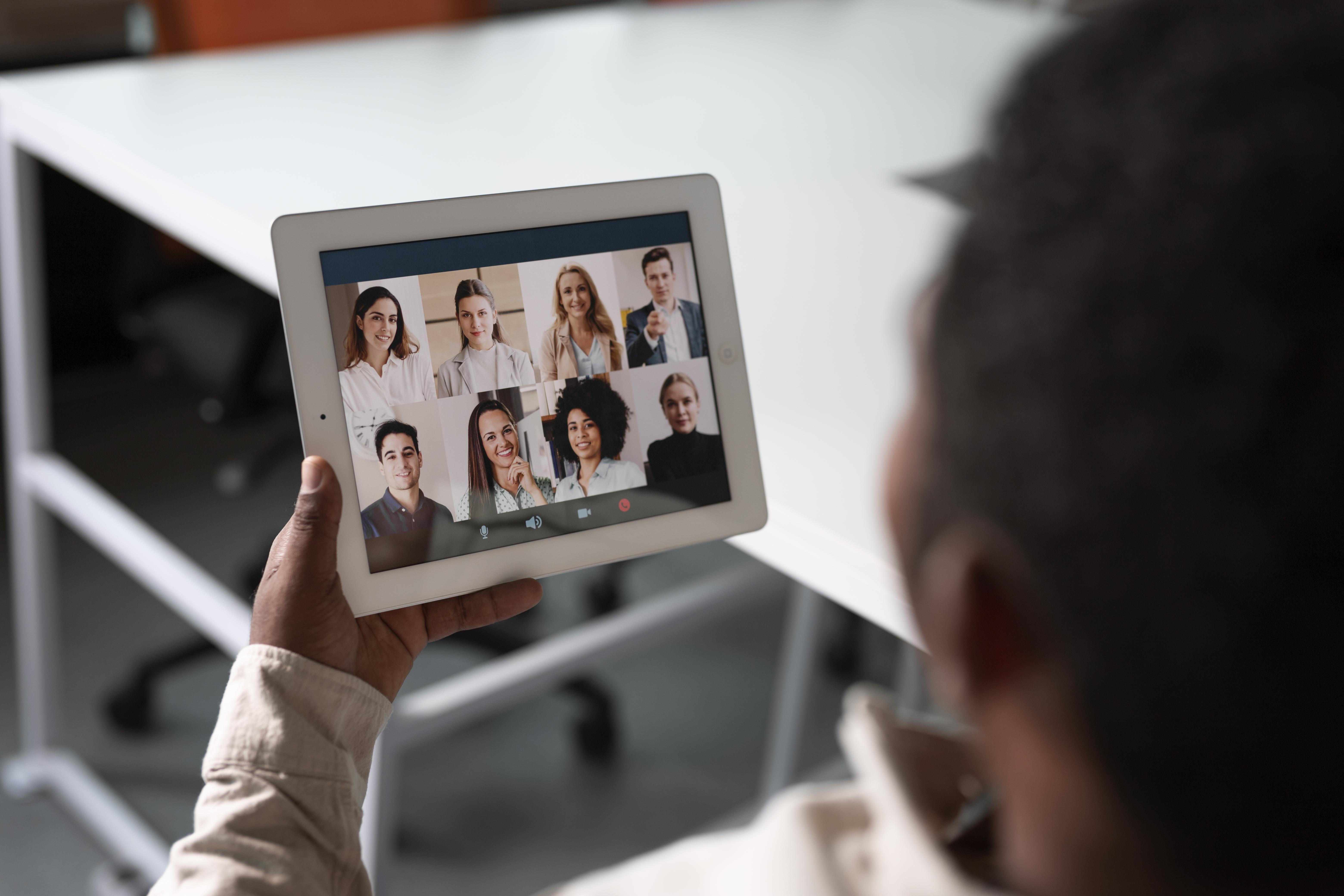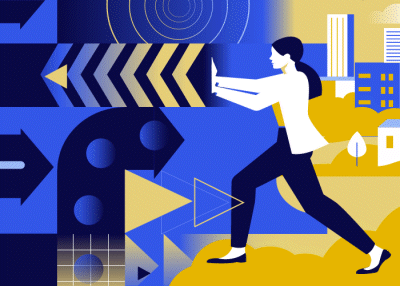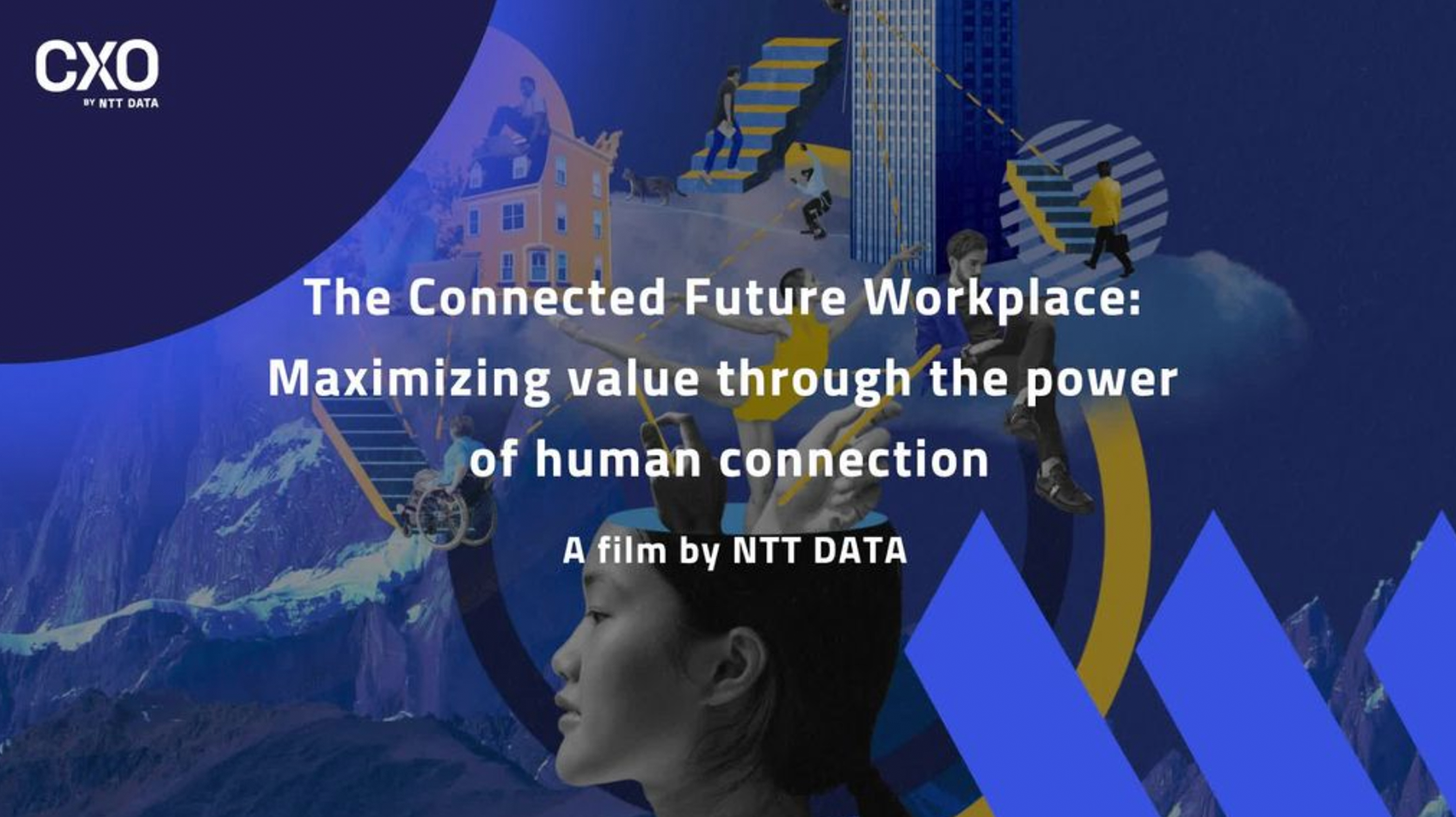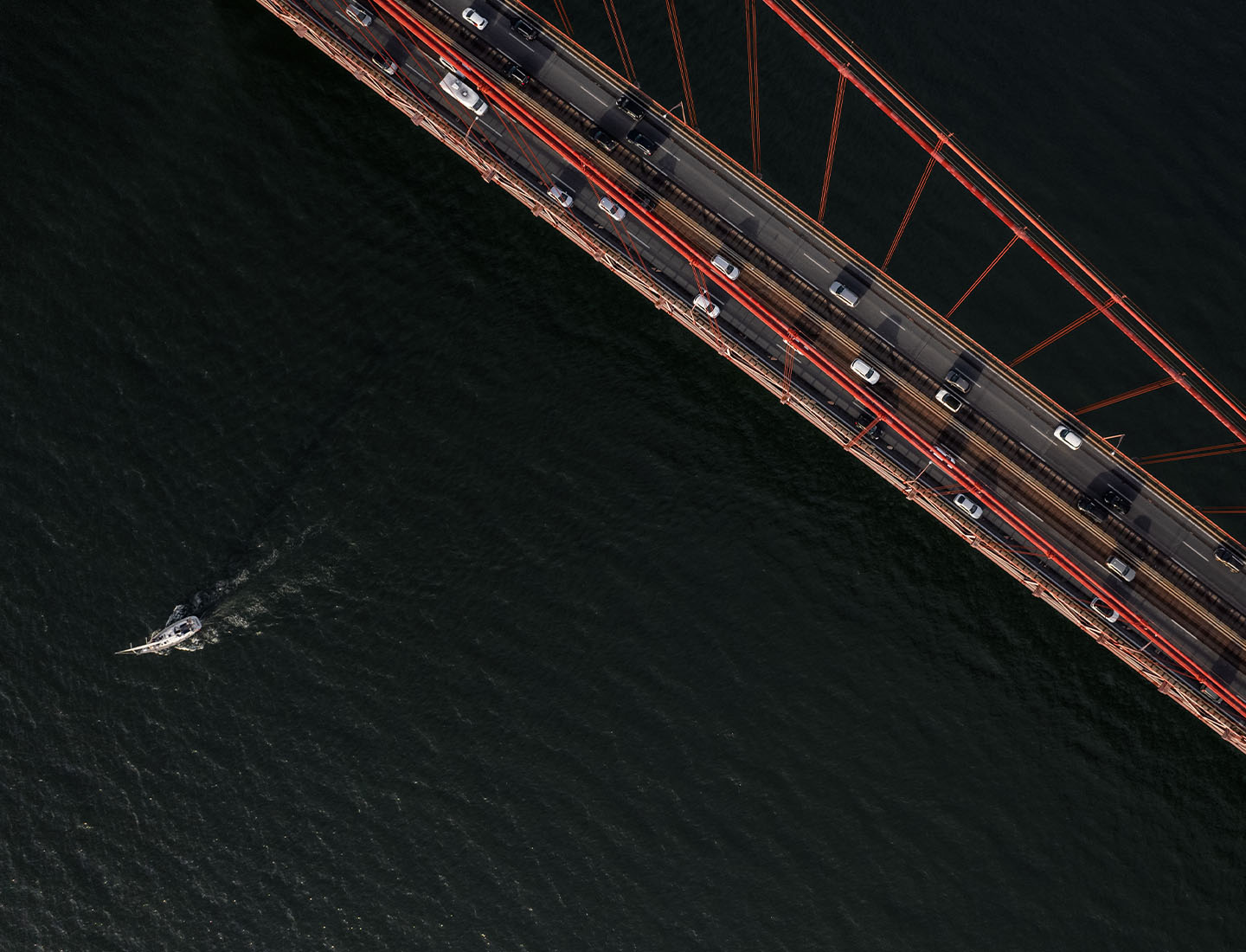
During my ten years working for international NGOs, I was always amazed at the speed at which communities adapted and innovated during crises. Early in my career in 2005, I remember rushing to a briefing on the devastating 7.6 magnitude earthquake in Pakistan. As we listened to updates on the work of our emergency response teams, I was struck by the reports of local markets popping up in the rubble within hours of the quake striking.
Despite the devastation, people found ways to create an emergency economy that enabled communities to access much-needed goods as the relief effort got on its feet.
So, when Covid-19 hit this year, it wasn’t a surprise to see people rapidly adapting to their new circumstances. From mask-wearing to banana bread-making, we changed our habits overnight to carry on with our lives. It wasn’t easy for everyone, but we did what we had to do.
Yet what unfurled for businesses was even more remarkable. Organisations announced that they had accelerated transformation programmes at a speed they never thought possible – becoming ‘virtual first’ companies in days instead of years. Vodafone prepared nearly all 2,300 call centre employees to work from home in less than a week. Trainline’s CTO, Mark Holt, described how his team changed their project roadmap by 25% with very few issues because of the pandemic.
Yet outside of Covid, we often hear of the “failure” of transformation programmes of this scale. Inherently, failure occurs when the business and its people struggle to realise the benefits of the change fully. Research from Edelman shows that nearly 50% of staff feel they can’t keep up with the pace of change.
At the same time, Gartner reports that a typical organisation has undergone five major firm-wide changes in the last five years, of which 50% have failed.
Learning from adversity
Setting up a market in the aftermath of an earthquake, like any change or transformation, requires a combination of process, tools, technology, data and planning – the what, why and how of change – but the most vital aspect will always be the people. Without focusing on the people, we are effectively just playing out an intellectual exercise. People are the least predictable component in the changing landscape, but also the most powerful.
Organisations accelerated transformation programmes at a speed they never thought possible – becoming ‘virtual first’ companies in days instead of years.
So, what is it about people’s actions in a crisis, such as a global pandemic, that can reveal lessons for driving successful change? And what could we choose to continue beyond the pandemic?
People: Get to know the whole person
Challenge: During major transformations, people feel they are an afterthought, with new systems and processes taking the limelight. Edelman’s research shows that nearly 64% feel that their employer was not honest about the changes they would face in their last transformation programme.
Pandemic solution for a post-pandemic world: But when disaster strikes, it is all about people. We do what we can to provide safety and security as quickly as possible. In the case of Covid, businesses had to keep people safe, both physically and empathetically. A new intimacy developed between workforces, as we looked into each other’s homes through video conferencing windows, and found innovative ways to socialise online through instant messaging, virtual socials and the dreaded quizzes. This was intentional. More than a third (34%) of leaders who responded to the World Economic Forum’s Future of Jobs survey said they were taking steps to create a sense of community among employees online. We now know more about our colleagues’ “whole person” because of Covid – and we have innovated new, accepted norms for collaboration. If regular virtual coffees with the leadership team in their living rooms are good enough during Covid, it should be good enough during major change programmes.
Purpose: Make use of a relatable vision and firm guardrails
Challenge: Another common barrier to successful change we so often speak of is that the desired transformation lacks a relatable vision. Edelman’s research shows that 66% of staff felt their employer did not explain how their last workforce transformation aligned with their corporate purpose.
Pandemic solution for a post-pandemic world: With Covid, the imperative was clear: Keep people safe and keep business going. This rule created little room for employees to question their new working environments and resulted in quick and effective adoption. Even fears about reduced productivity have largely been erased; CIPD research shows that 66% of employers say remote working during the pandemic has had positive or no impact on productivity.
The constrained scope that Covid provided is worth interrogating. When researching this article, I spoke to the Head of Fundraising Innovation at the British Red Cross, Ben Cohen, to find out what he thought Covid has done for innovation. After pivoting his team’s plans in March to respond to Covid, they had their best ever year of fundraising against the backdrop of dire results for other charities in the UK.
Any transformation requires a combination of process, tools, technology, data and planning – the what, why and how of change – but the most vital aspect will always be the people.
I asked whether the Red Cross’s success during the Covid pandemic was “forced innovation”, or if it simply accelerated innovation that would have happened anyway. Ben’s response indicated the need for a strong sense of purpose: “It’s about guardrails. Innovation teams don’t produce good work when they’re given an open brief with no purpose. But when they’re given clear, strict guardrails, they have the conditions to produce their best work.”
As with innovation, we can reach better outcomes in business change when people are empowered by a relatable vision and firm guardrails to keep their focus on the direction ahead.
Psychological safety: Test and learn
Challenge: Asking people to adopt a change demands a great deal of trust and experimentation between the instigator and receiver of change. With a relentless focus on the end state, we often suppress the experimentation and demand the trust too quickly, reducing people’s opportunity to provide valuable feedback that could shape the end state for the better.
Pandemic solution for a post-pandemic world: In the early days of Covid, there emerged a greater acceptance, need and freedom to experiment without (too great a) fear of failure or retribution, i.e., the conditions were in place for psychological safety. This need created the environment to maximise innovation. Organisations, government and health advisors had to make swift decisions, often with unknown partnerships, and be prepared to pivot or kill strategies when the insight told them it was not working. We generally accepted the uncharted ground and trusted that the leaders needed to experiment, and we forgave if they failed fast and learned lessons. These conditions of psychological safety, to both innovate and to speak up, were leveraged in many workplaces. Something that would be in everyone’s interest to continue well beyond this pandemic.
As with innovation, in business change we can reach better outcomes when people are empowered by a relatable vision and firm guardrails to keep their focus on the direction ahead.
Better business change
We often display more resilience and inventiveness in times of crises than during business-as-usual. While there’s no question that running a business in “crisis mode” is not sustainable (nor desirable), when disaster strikes, we have the opportunity to learn about ourselves and others.
The lessons I am taking from this crisis, and encouraging you to think about too, are: remember what is most important, set direction with urgency and create the conditions for valuable feedback. With this focus on people, purpose, and psychological safety, businesses can embrace, accelerate, and embed change as a constant ally in the company’s growth journey.






